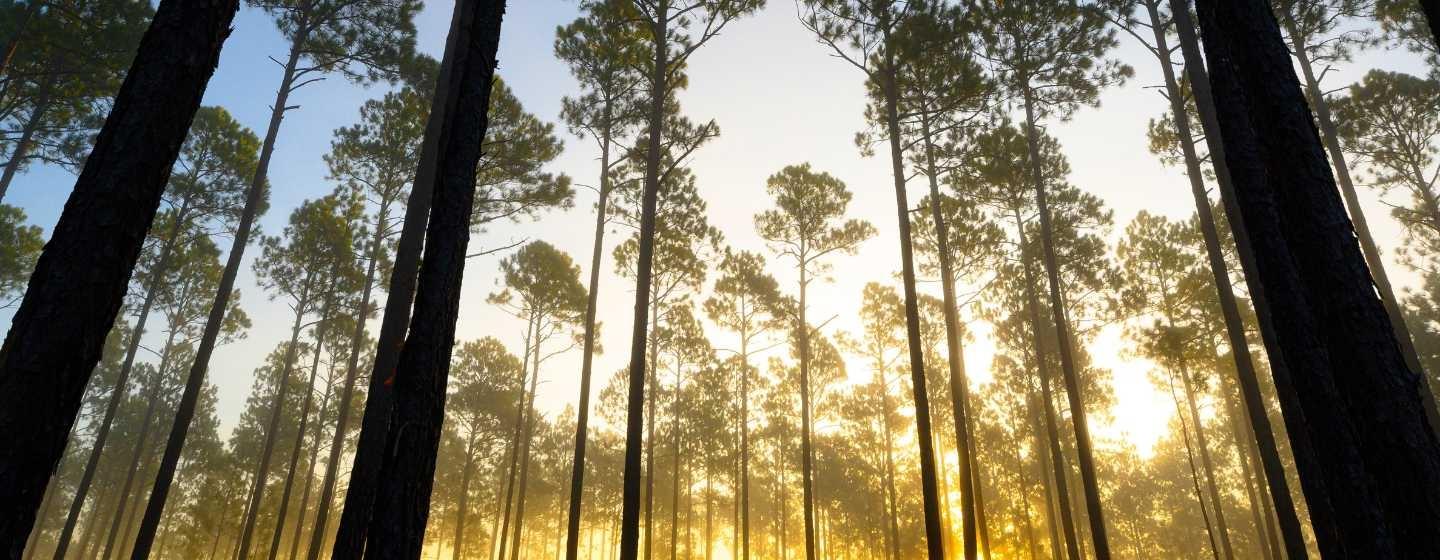The Science Data Doesn’t Lie—North Carolina Has 12 Seasons


Whether you’re a North Carolina native or new to the Tar Heel State, you’ve probably heard these phrases:
“If you don’t like the weather, wait a few hours and it will change.”
“Everywhere else has four seasons—North Carolina has 12.”
It’s true, North Carolina’s weather is unpredictable. We can thank our state’s geography, location on the coast, weather patterns and many other factors.
But here’s the irony. The North Carolina State Climate Office studied the weather data for 2022 and discovered that it could fit the model of 12 seasons.
“It was a year that started and ended with totally out-of-season weather, and included just about every extreme in between, from hot to cold, wet to dry, and frozen to fire,” according to Corey Davis, Assistant State Climatologist, and Dr. Kathie Dello, State Climatologist and Director of the State Climate Office.
Ultimately, their report shows the weather in 2022 was the product of both persistent climate patterns and trends that have become familiar in recent years, along with the return of several weather features the state hadn’t seen in a while.
You may have seen this meme about North Carolina’s 12 seasons.
WARNING: For those who have put away all winter clothes, remember we have 12 season in North Carolina, not 4. We will have more winter eventually, including a short stint of cold air this Saturday. #ncwxhttps://t.co/TXznekMRB2pic.twitter.com/Z3Ap5x3zTl
— Wes Hohenstein (@WeatherWes) February 16, 2023
What’s even more fascinating is that the climate report shows weather from different seasons can be found across the state on the same day (winter in the mountains but mild on the coast) and sometimes in the same location (cold temperatures in the morning, hot in the afternoon).
Here are a few other notes from the report.
The average temperature statewide was 60 degrees F, according to the National Centers for Environmental Information (NCEI). That ranks as the 17th warmest year on record dating back to 1895.
2022 was also slightly drier than normal, according to NCEI, with an average of 46.39 inches of rain. That’s about 4.4 inches less than the 30-year average.
It’s no surprise that drought was a factor across the entire state. The NC Climate Office describes the drought conditions as subtle but stubborn, easing and fading from east to west and back again.
Those dry spells hurt farmers and helped fuel more than 6,300 wildfires across the state.
The warming trends and extreme weather patterns as well as the record rainfall and subsequent drought follow the effects of climate change.
Who knows what types of weather 2023 will bring? Let’s just hope “The Pollening” isn’t so bad.